11 things you should never put in a blender
Here are 11 things to keep out of the blender at all costs
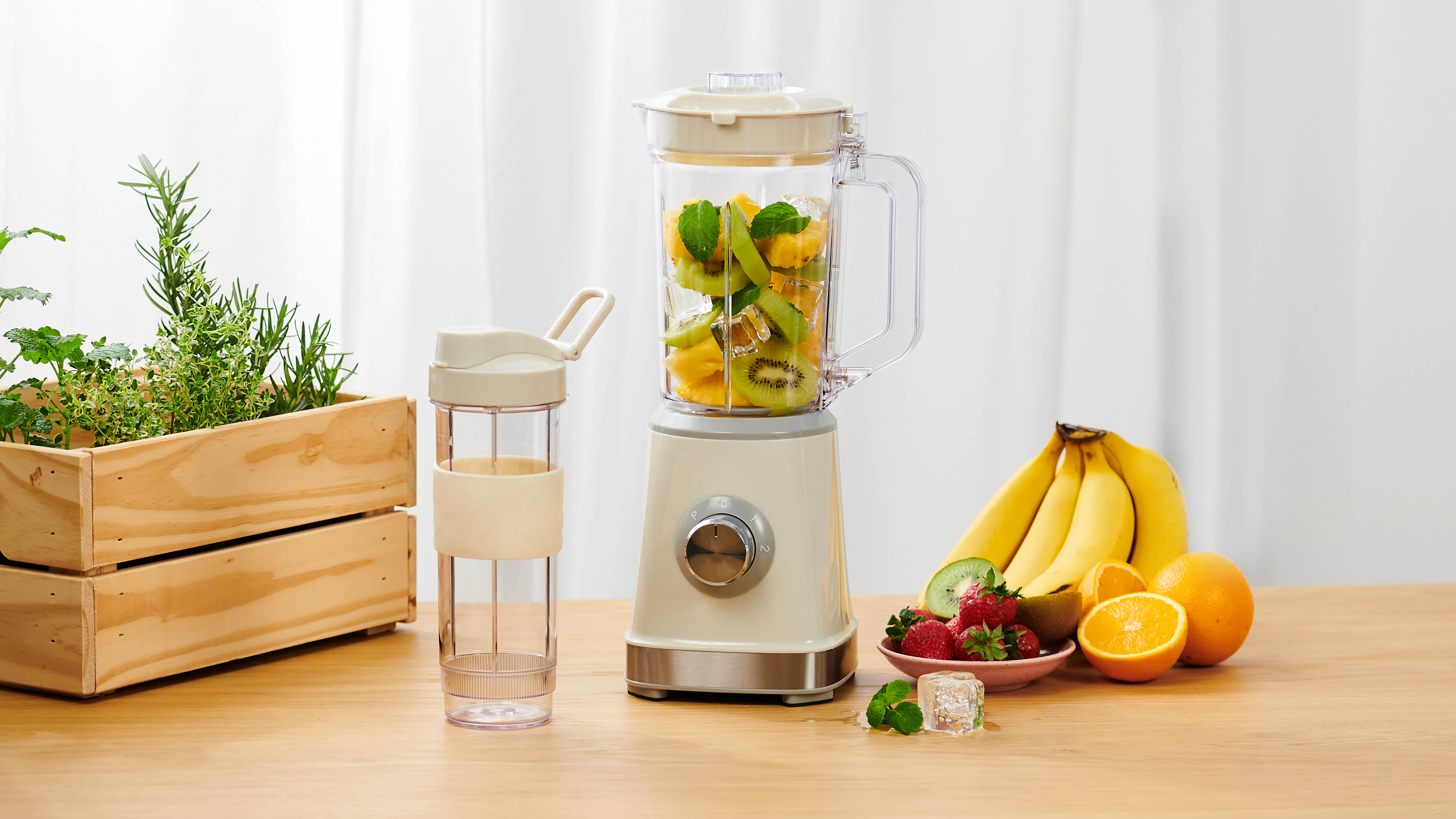
Blenders can be found in most kitchens these days. Whether full-size or compact, these appliances are often used for making morning smoothies and mixing up sauces and dips. They can combine ingredients in a matter of seconds to a smooth and fine consistency. However, while there’s plenty of power behind the motor, there are actually certain things that even the best blenders shouldn’t blend.
Believe it or not, even blenders have a limit on what they can and can’t blend. And you should be made aware of those ingredients which will not only cause a struggle — they can actually damage the blender itself, leading to expensive repairs. Some can even pose a safety risk, which is why you must pay attention to what you blend. If you’re interested to learn more, we’ve pulled together a list of 11 things you should never put in a blender, so your blender will last for years to come.
Don’t mistake a blender for a juicer though — check out juicer vs blender for more guidance on this. Plus, here are 7 blender mistakes to avoid at all costs and how to clean a blender.
1. Frozen foods
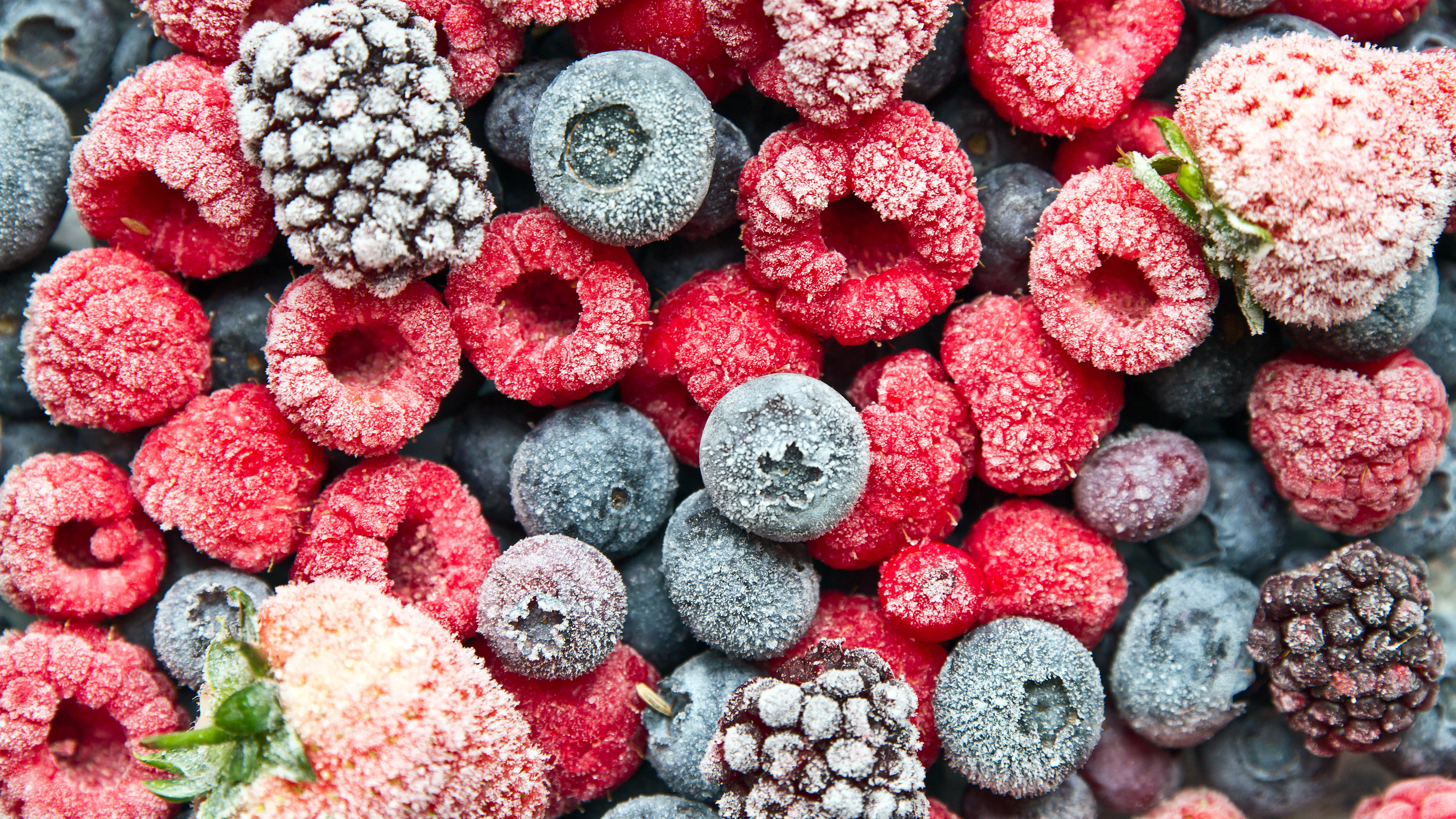
Always take care when blending frozen foods, especially when you’re using a sizable frozen ingredient. This can be so difficult to blend that it can actually damage components in the appliance. For instance, I once broke the rubber grips on the underside of the blades when I attempted to blend frozen spinach. As a result, the blades could no longer rotate and I needed to replace the part.
Always give larger ingredients sufficient time to defrost before you attempt to blend them. Smaller items, such as frozen fruit, should be fine in a powerful blender. Although keep in mind that ingredients which are still frozen wont tend to blend as well. So, we recommend giving the fruit time to thaw, whatever the case.
2. Hot liquids
While blenders come in use for mixing up homemade soup, always keep hot liquids out of this appliance. When we say hot, we’re referring to liquids hot enough to give off steam, usually 176°F or higher — but, you should always refer to your manual for specific guidance on the maximum temperature. Make sure your blender is designed to handle the temperature you intend to blend, as this can vary.
Because the blender lid creates a seal, there’s nowhere for the steam to escape once the it starts running. As a result, pressure inevitably builds up within, which can eventually force its way out. Essentially, it can cause an explosion via the lid, which is a serious safety hazard, and you can easily be burned in the process. So, keep hot liquids away from the blender. An immersion blender would be better suited for this task. Either that, or let the ingredients cool down before you blend.
Get instant access to breaking news, the hottest reviews, great deals and helpful tips.
3. Coffee beans
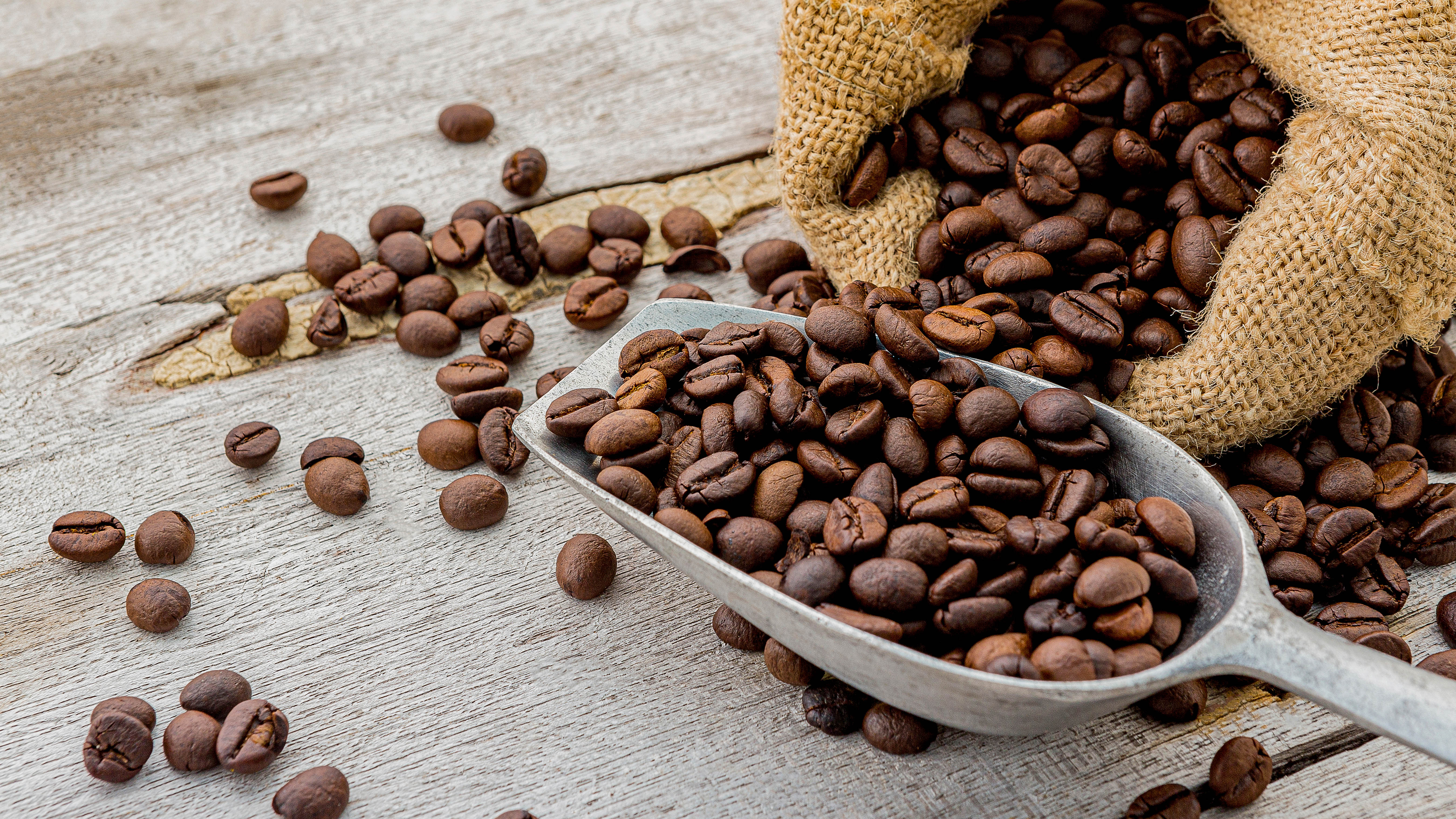
You might assume that your blender can double up as a coffee grinder, but there’s a reason that they’re two different appliances. While you might achieve ground coffee to some level when you blend coffee beans, this ingredient is hard enough that it will dull the blades, and the evenness of the results will be inconsistent as well — which is essential for the optimum brewing experience with the best coffee makers.
Unless your blender comes with a dedicated coffee grinding attachment, opt to use one of the best coffee grinders instead. This will give you much better control over the grind size for alternative beverages. Plus you will save some wear and tear on your blender blades.
4. Potatoes
Potatoes may seem like a perfectly plausible ingredient to blend, but they’re actually one to avoid. The speed and power of the blades will release an excess of starch from this ingredient. And when combined with the water in the potatoes, you’ll end up with a thick, slimy mess. It’s not a particularly nice texture on the mouth, either.
Even one of the best food processors will achieve a similar result, so steer clear here too. Mash your potatoes by hand instead. While the process takes longer and requires more manual effort, the texture will see a vast improvement.
5. Foods which stain
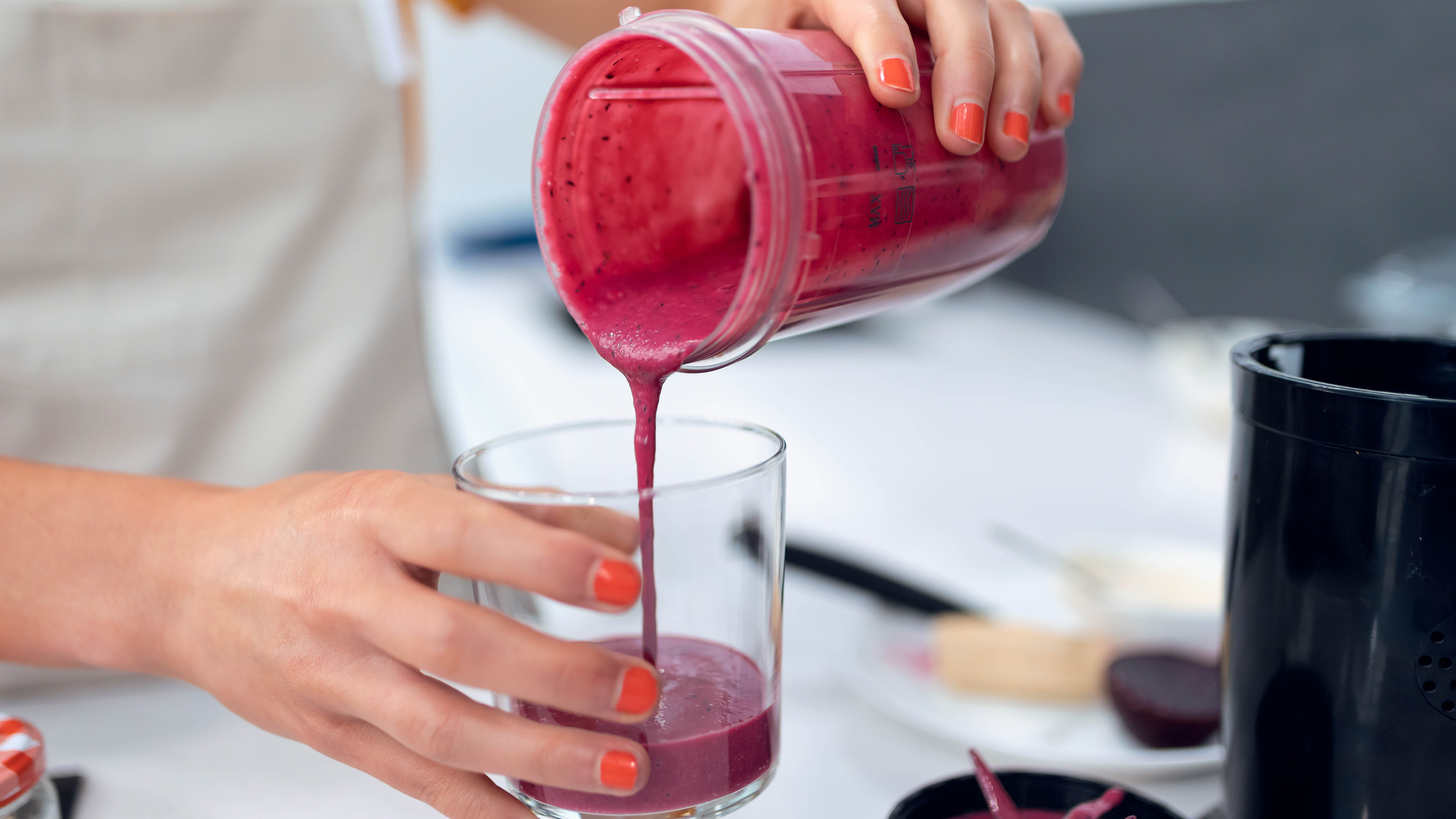
If you’ve got a plastic container on your blender, you may have already noticed that it can discolor over time. And it’s not a particularly attractive look considering your food goes in there. Of course, it is possible to restore a yellowing jug with some white distilled vinegar, but it often takes some elbow grease.
Stains are caused by all kinds of ingredients which contain particularly strong dyes. If you want your blender container to stay clearer for longer, avoid the major culprits. For instance, tomatoes, turmeric and beets can all contribute; so consider what you’re blending before you start. Of course, there’s nothing wrong with blending these ingredients, but be prepared for more effort when it comes to cleaning.
6. Hands or utensils
If your blender suddenly stops running without reason, or you notice a rogue ingredient which avoids the vortex, it can be tempting to intervene. However, you should never put your hands in the blender while it’s powered, even if it has paused. This is an extremely dangerous mistake which can cause bodily harm.
Utensils should never go in there while it’s still powered either. If caught by the rotating blades, this can damage the blender itself and cause a safety hazard to those standing nearby, should the utensil ricochet.
Make sure the blender is powered off and unplugged before you investigate its contents. Avoid placing your hands in there even in this instance, as the blades are still sharp and can easily be concealed by the ingredients.
7. Ice
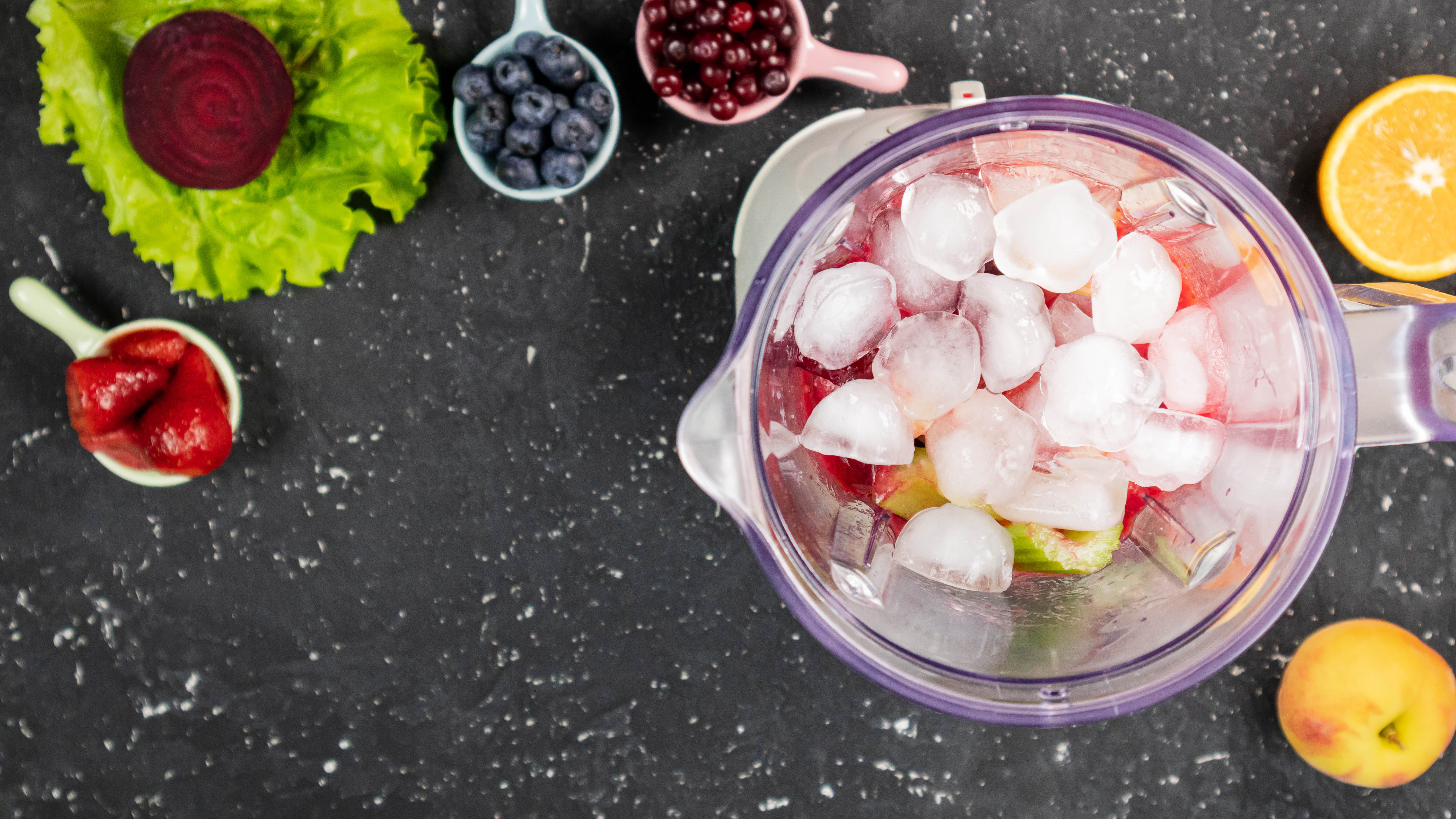
It’s widely assumed that all blenders can crush ice. And while this might be true for more powerful blenders (which may even feature dedicated programs), others struggle with this ingredient. Smaller, personal blenders in particular, often lack the power to crush ice evenly and effectively. You need to refer to the manual to be sure of your blender’s capabilities.
Much like frozen ingredients, ice requires a fair amount of power to break down — if the blender isn’t built for it, it can damage the appliance or at least dull the blades. So don’t assume your blender can handle it without first checking. You can always opt for one of the best refrigerators with ice crushing capabilities instead.
8. Too much liquid
There’s a reason your blender comes with a maximum mark on the container. Fill it any higher than this, and you risk overworking the motor as well as potential leaking. At the very least, the contents won’t be evenly blended. Make sure you stick to your blender’s minimum and maximum capacity levels to keep it functioning safely and effectively.
If you’ve got additional amounts to blend, run it in batches instead. Or alternatively, invest in a blender with a larger capacity.
9. Dough
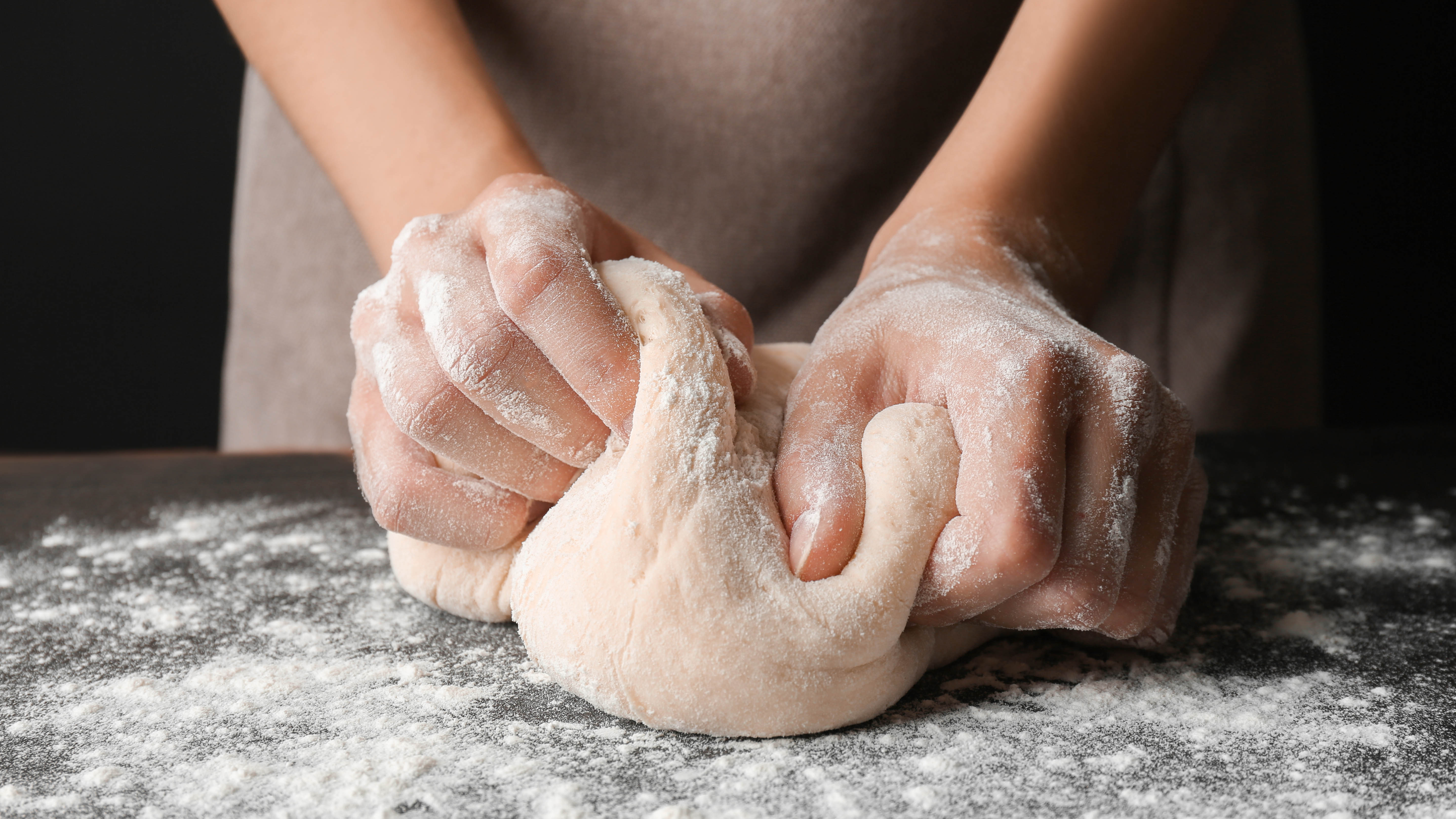
While dough can be combined in a blender, we wouldn’t recommend it because it’s all too easy to overwork. The blades of a blender are far more aggressive than necessary, especially when compared to a standard dough hook. As a result, the bread will likely come out overly tough, unless you’re very precise with your timings.
Instead, use one of the best stand mixers to achieve the perfect consistency with your dough. Opt for a bowl lift design, rather than tilt-head if you plan to make countless batches of dough, because it has more power and capacity.
10. Bones
Just like your garbage disposal unit, bones should never be run through a blender. These can quickly wear down and chip the blades and cause substantial damage to the container as well. Even small bones can jam the appliance and potentially scratch the container. Make sure to check that all bones are removed from your ingredients before blending. Otherwise you could face expensive repairs.
11. Anything with strong odors

Consider the aromas produced from your blended ingredients as well. Strong aromas, such as garlic and chili, can easily hang around in your blender, particularly if you have a model with a plastic container. The problem is, such smells can pass onto the next recipe, so that means it’s effectively contaminated before you’ve even started.
Always consider what you’re blending and the best order in which to blend to avoid this problem. You don’t want a dessert ruined by the main course! Thoroughly clean your blender after every use, and be sure to let it fully dry and air before storing — this should deter lingering aromas. You can also try blending a cut up lemon with some water.
For more tips tricks and how tos, check out 13 things you should never put in a dishwasher, food processor vs blender and 10 things you should never put in the dryer.

Katie Mortram used to be a Homes Editor for Tom's Guide, where she oversaw everything from kitchen appliances to gardening tools, as well as smart home tech. Specializing in providing expert advice for cleaning and home manintenance, she now works as Household Advice Editor for Good Housekeeping.
